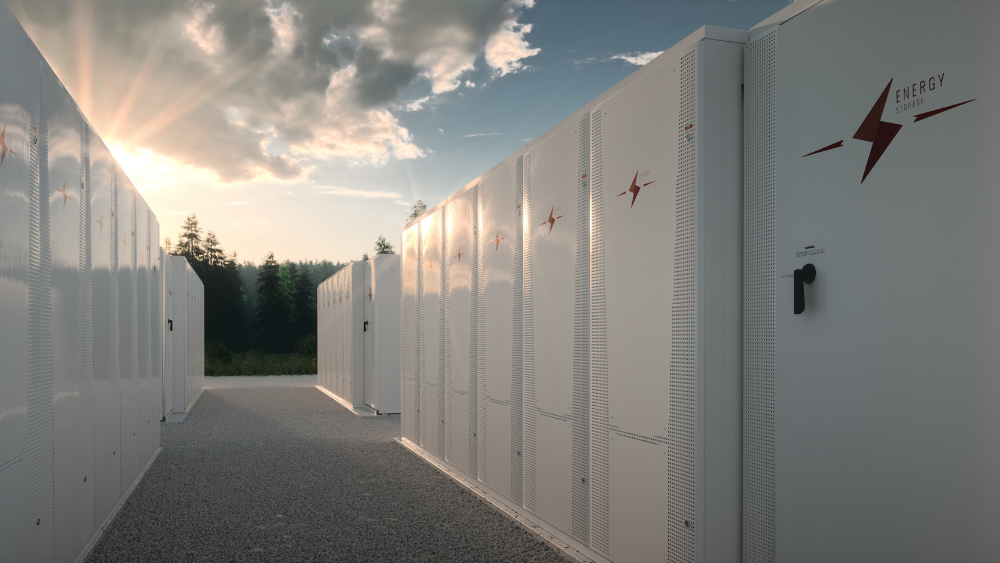
Key takeaways from the report include the following:
- Batteries between 1- and 4-hour duration can achieve up to 6% and 12-14% IRR respectively in MISO; 4-hour batteries entering IN in 2029 have a promising business case given higher energy and capacity revenues.
- Capacity revenues will be a major revenue stream for batteries in Minnesota and Indiana, contributing ~60% of the total revenue after 2035, while energy arbitrage plays a more important role for battery economics in Louisiana.
- The most successful batteries will optimize for Investment Tax Credit (ITC), nodal spread premiums, and Real-Time participation. Signing bilateral contracts with utilities having ambitious Integrated Resource Plans (IRP) can also enhance cash flows.
- Major uncertainties remain around the MISO seasonal capacity auctions and accreditation methodology reform as well as the interconnection queue reforms initiated by the Federal Energy Regulatory Commission (FERC) and MISO; more updates from MISO due in Oct 2023.
- ELCC and ITC have significant impacts on battery revenues ELCC’s that increase long-term to 100% can increase the IRR of a battery entering IN in 2029 by 18% over a business case with declining ELCC’s while increasing ITC from 40% to 50% can increase the IRR by 25%.
If you have any questions regarding our MISO Power & Renewables Market Subscription Service or are interested in the full report, please get in touch with JT Wood.
If you are looking for more information about our new coverage in North America, click here






